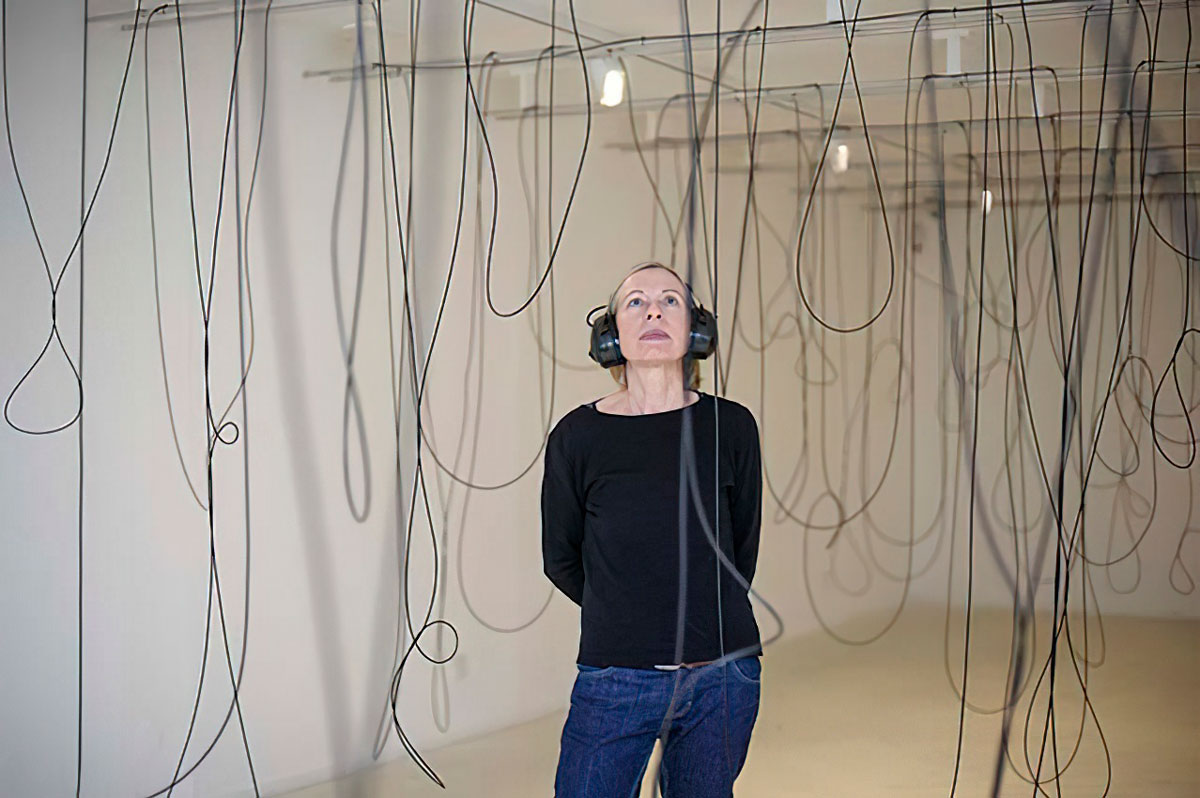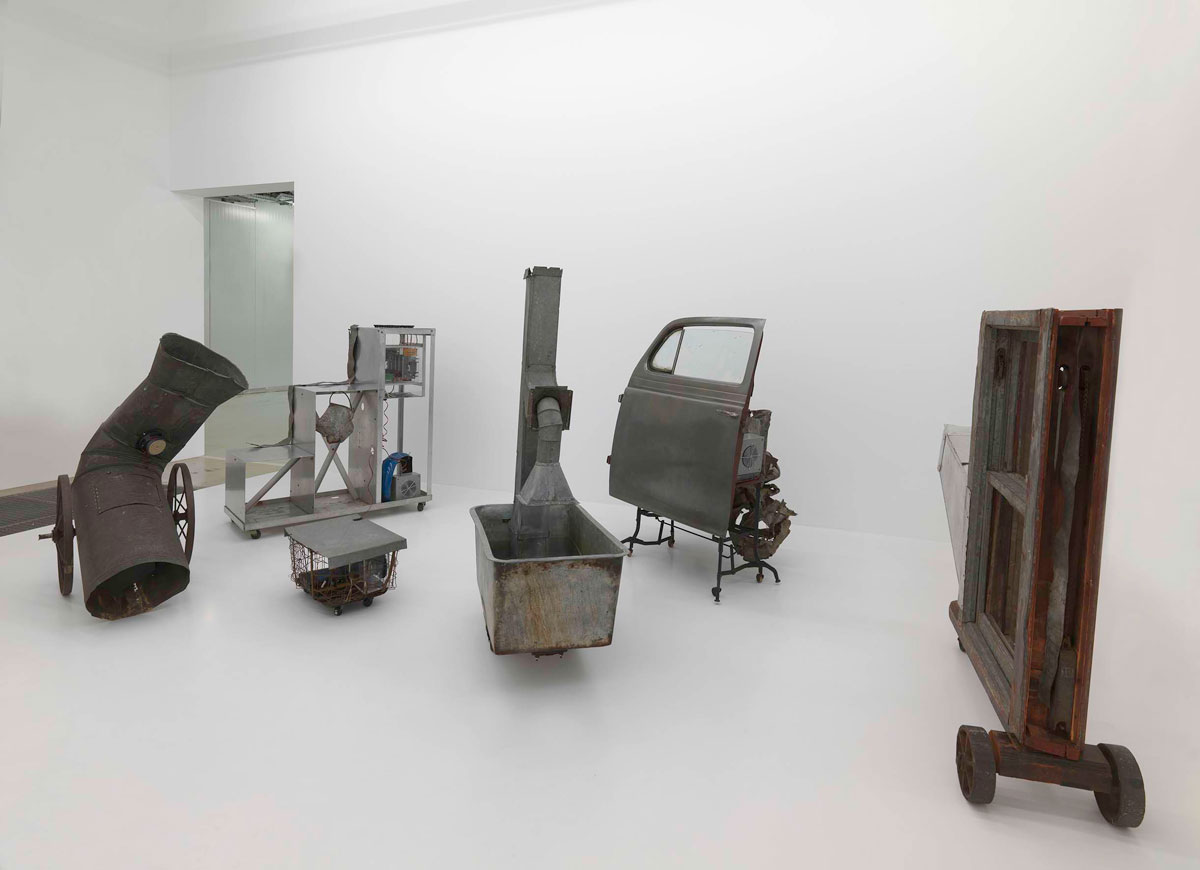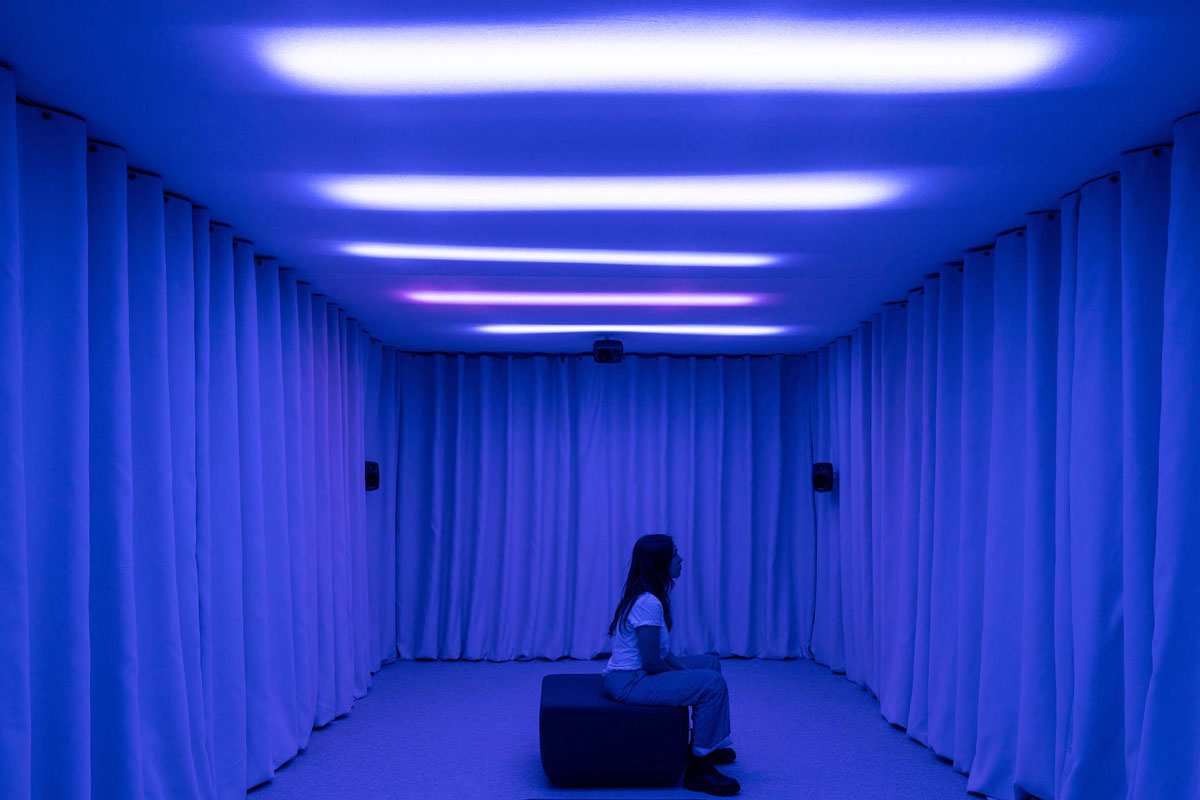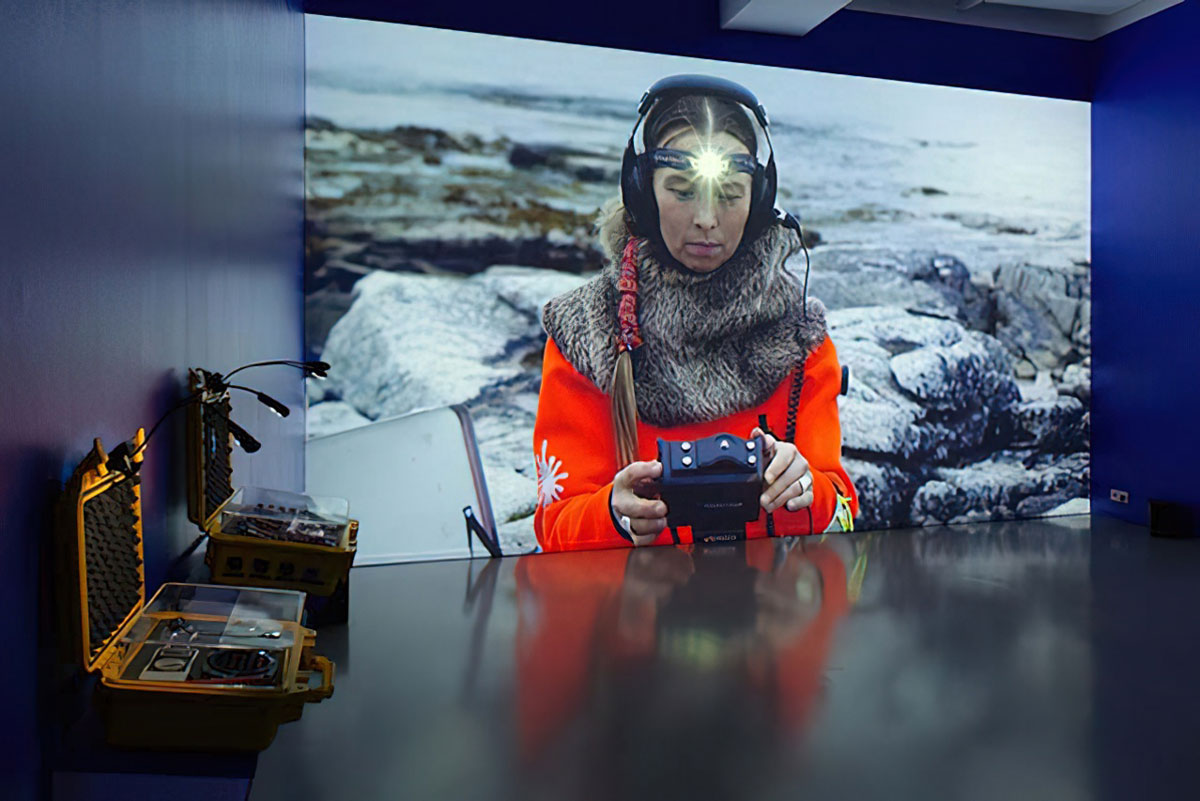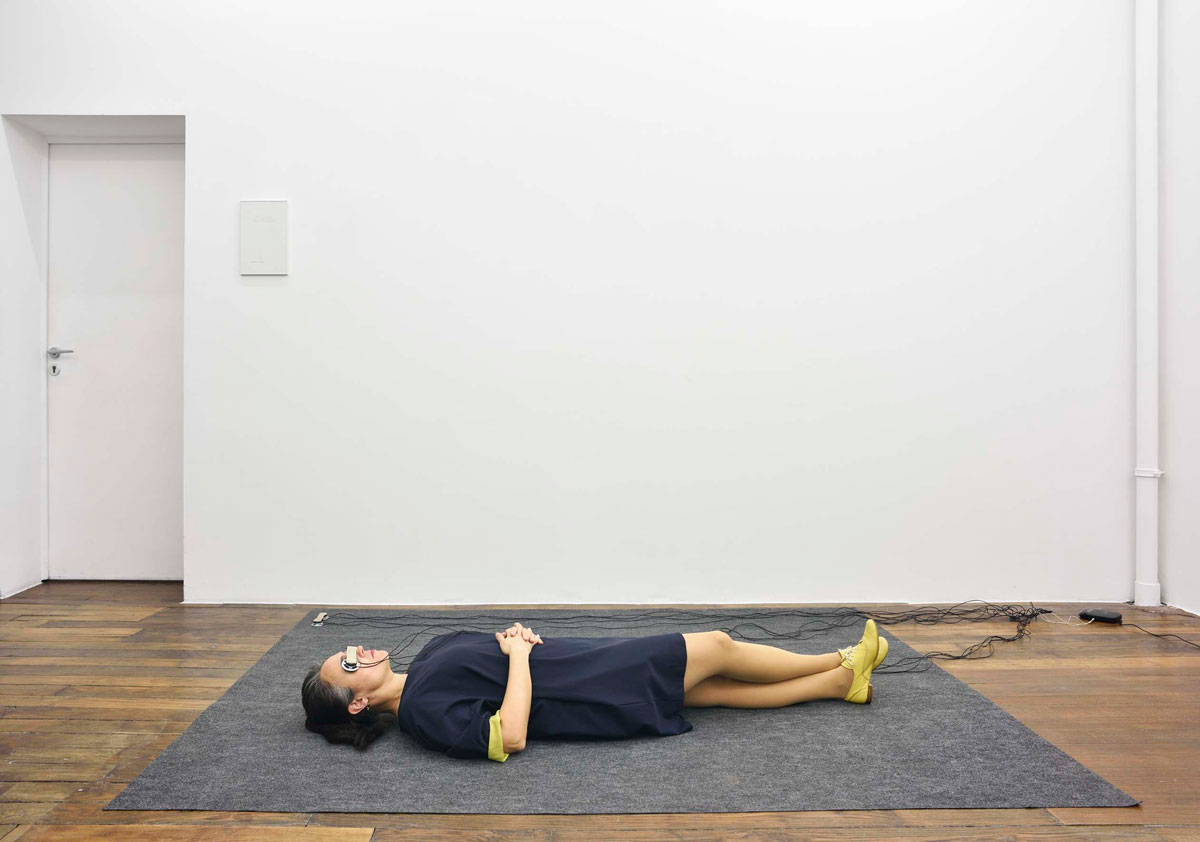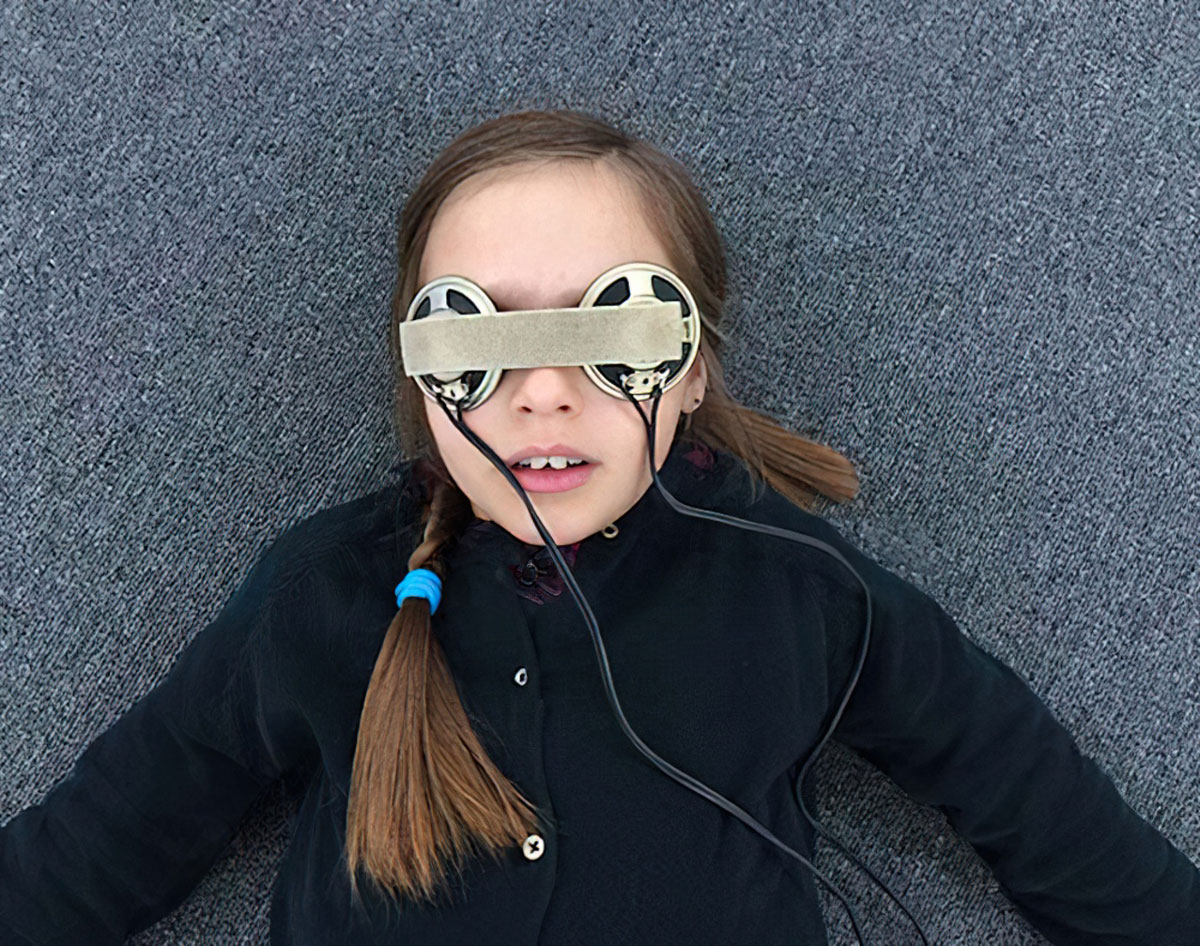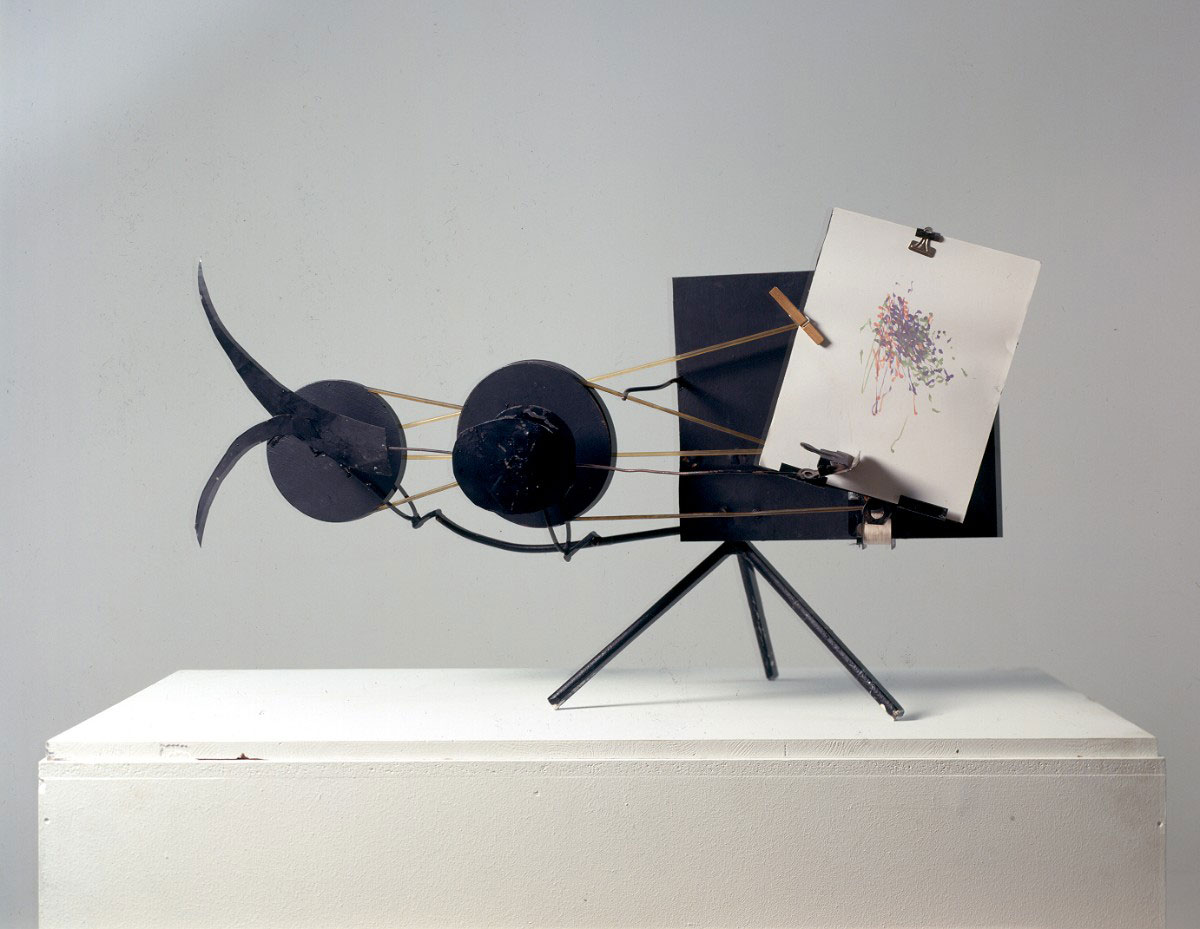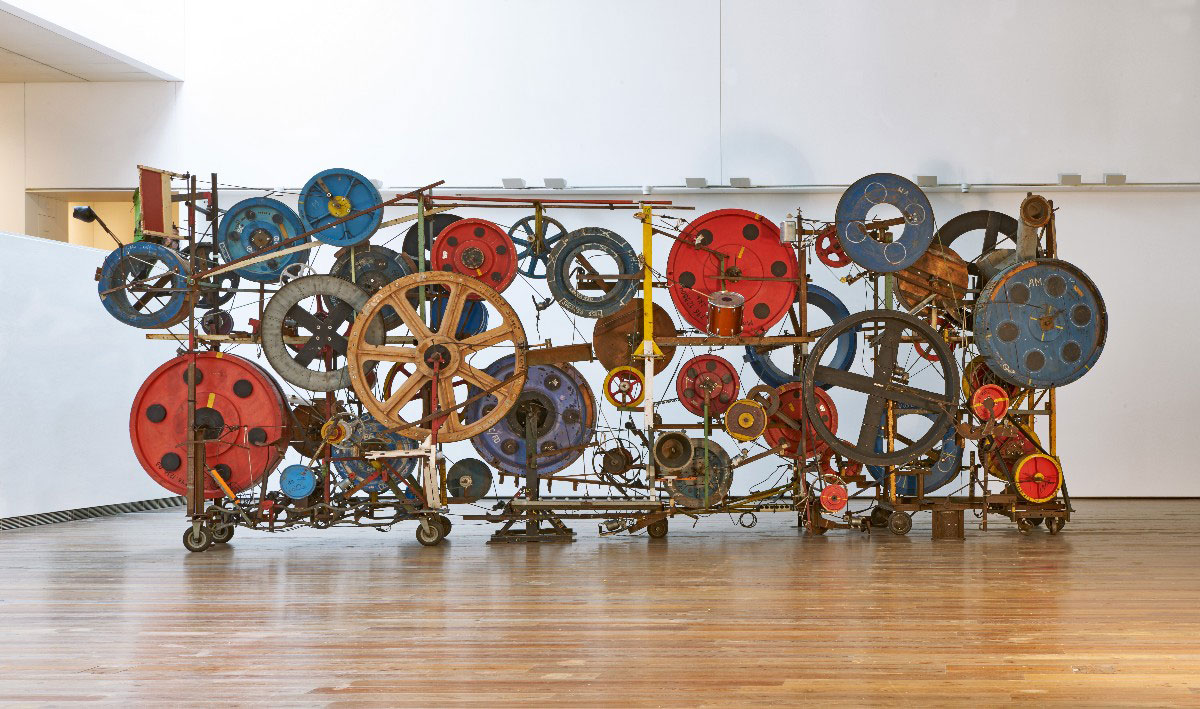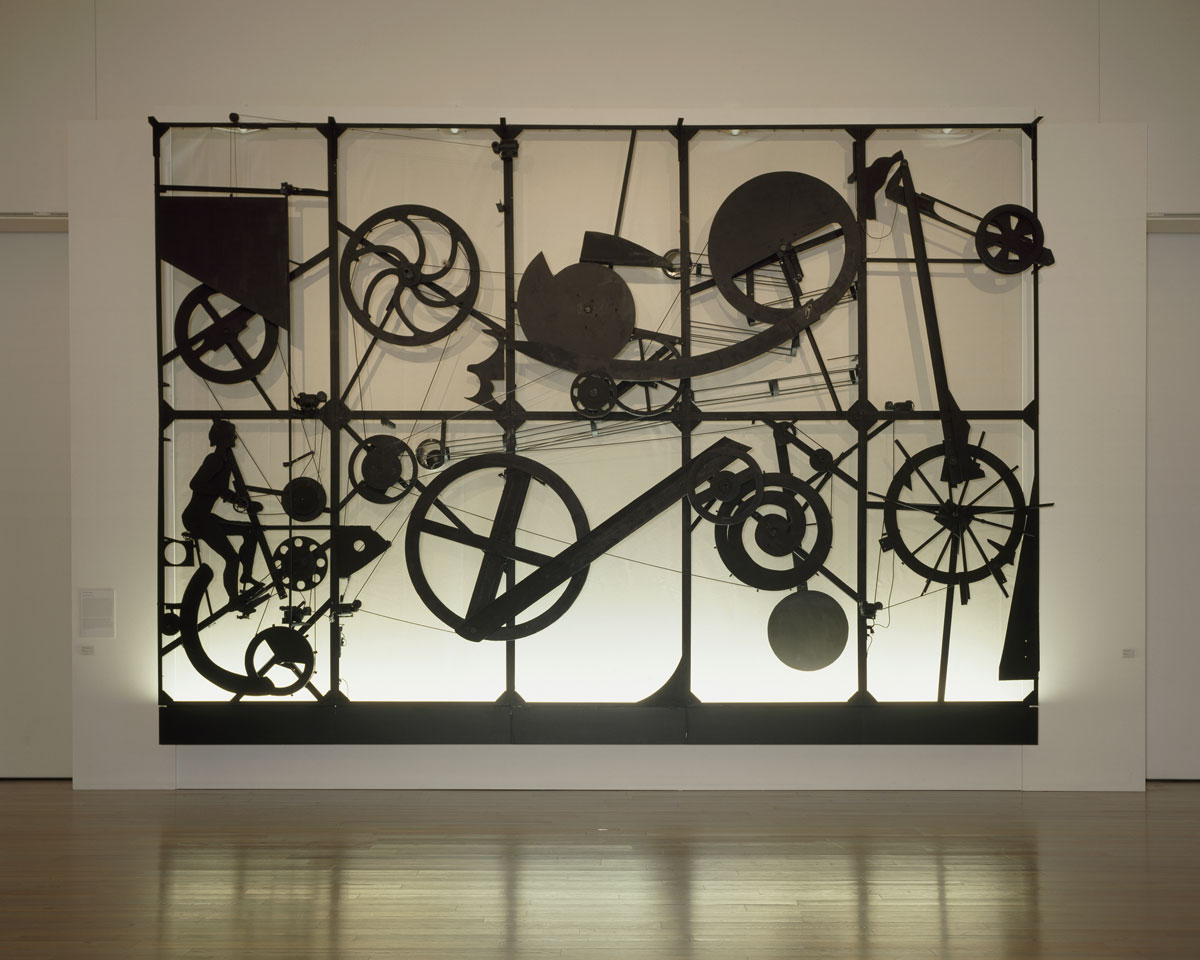PREVIEW: La roue=c’est tout-New Permanent Exhibition
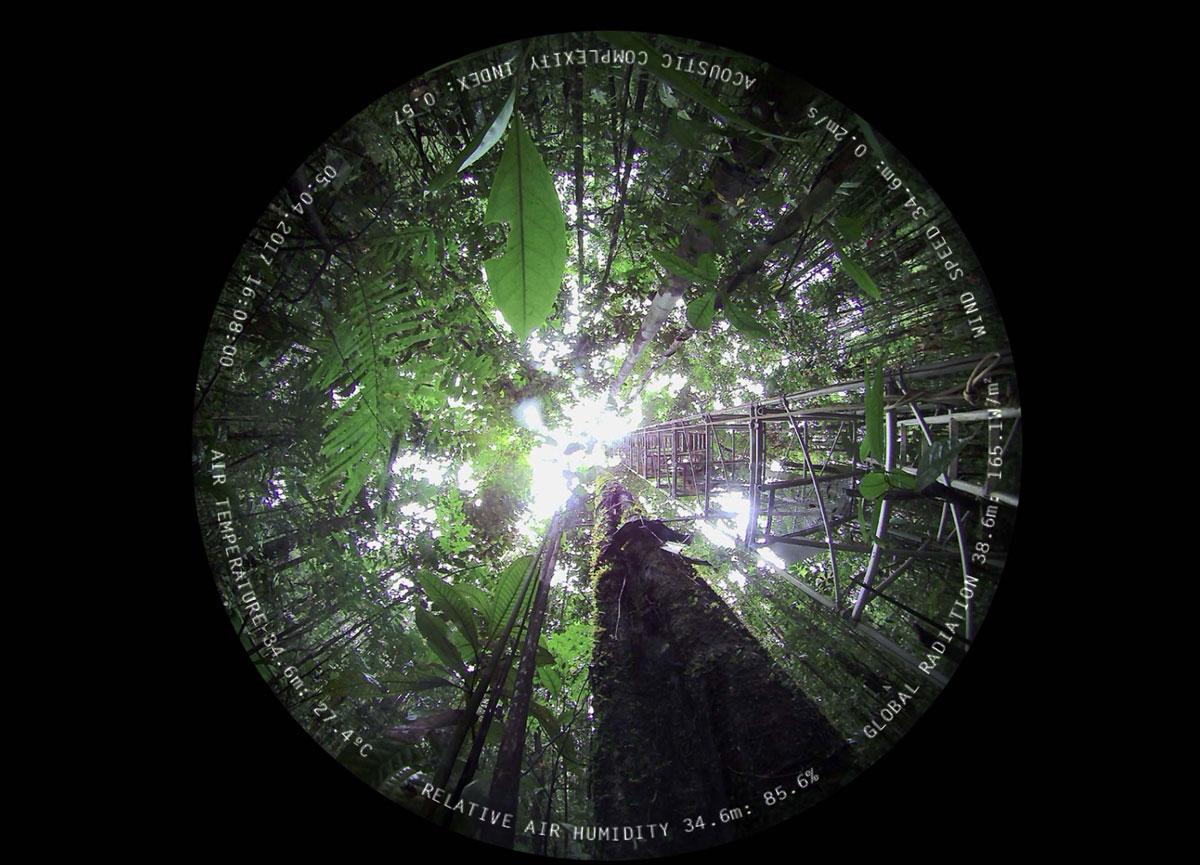 Museum Tinguely holds the world’s largest collection of works by Jean Tinguely with some 130 sculptures and around 2000 works on paper. Half of the museum space is always reserved for the permanent exhibition. In 2023, for the first time since the Museum’s founding in 1996, the show takes up again the whole of the main hall on the ground floor.
Museum Tinguely holds the world’s largest collection of works by Jean Tinguely with some 130 sculptures and around 2000 works on paper. Half of the museum space is always reserved for the permanent exhibition. In 2023, for the first time since the Museum’s founding in 1996, the show takes up again the whole of the main hall on the ground floor.
By Efi Michalarou
Photo: Museum Tinguely Archive
The visitors are invited to explore the delicate poetry of Jean Tinguely’s early work, the explosive performances and collaborations of the 1960s, and the dark, monumental musicality of his late period. One highlight of this new permanent exhibition is a recently purchased key work from the 1960s: Tinguely’s “Eloge de la folie” (1966). Prominently placed at the entrance to the museum, it underscores the importance of such interdisciplinary projects within Tinguely’s oeuvre. With the addition of several key works on loan, this new exhibition offers a four-decade overview of Tinguely’s oeuvre. His statement “La roue = c’est tout” runs through the show as a leitmotif: as well as being a recurring theme throughout his career, the wheel also stands for his belief that changing times should find expression in art. The new permanent exhibition is structured chronologically and begins with the hugely innovative years 1954 through 1959, supplemented by important loans such as “Moulin a priere” or “Tricycle” from 1954. The first section of the new exhibition highlights Tinguely’s inventiveness and innovativeness, showcasing the wire sculptures and reliefs from the 1950s that established his reputation as a pioneer of kinetic art. The next room is devoted to the ‘performative sculptures’ of the period 1960 through 1967, contrasting the scrap metal sculptures around 1960 with the black sculptures around 1965. The newly constructed mezzanine floor then deals with Tinguely’s passion for cars and his altar-like and carnivalesque sculptures. Tinguely’s innovative approach to sketching and drawing is showcased in a selection of works on paper. The following rooms resemble a study department, presenting Tinguely’s major joint and performative projects of the 1960s and ’70s in public spaces, on the stage, and in museums. Video projection rooms offer visitors the opportunity to discover the projects “Homage to New York” (1960), “Etude pour une fin du monde No.1” (1961), “Study for an end of the world No. 2” (1962) and “Eloge de la folie” (1966) and many others on film. Finally, the open space of the great hall features Tinguely’s later years with large-scale sculptures and music machines such as “Meta-Harmonie II” (1979), “Fatamorgana” (1985), as well as the walk-through sculpture “Grosse-Meta-Maxi-Maxi-Utopia” (1987), the largest work Tinguely ever created for a museum. The works in this part of the exhibition have fixed, choreographed running times. The exhibition also includes the central late work “Mengele-Totentanz” (1986) as well as the Schauatelier, the open workshop of the conservation and restoration team. The multimedia biography offers insights into Tinguely’s life via photographs, videos, and sound recordings. Tinguely’s work is marked by a wide range of interests and themes: the relationship between humans and machines; movement and kinetics; chance as a congenial partner; innovation through creative destruction; life and death as two sides of the same coin; embodiment; theater and performance; musicality and appealing to all the senses; critique of consumerism; anarchy and political engagement. Tinguely was a gifted networker with a large circle of friends who took great pleasure in the collaborative, experimental processes of making art and exhibitions across boundaries. His oeuvre is unique for the way it makes art accessible to all, an aspect that is central to our work at the museum.
Photo: Film still of the projection in the installation Espirito da floresta/Forest spirit Flerest by Marcus Maeder, 2017-2020, Photo: Marcus Maeder, 2020, Courtesy the artist / 2022-ProLitteris, Zurich
Info: Curator: Roland Wetzel, Curatorial Assistant: Tabea Panizzi, Museum Tinguely, Paul Sacher-Anlage 1, Basel, Switzerland , Duration: 8/2-Spring 2023, Tue-Wed & Fri-Sun 11:00-18:00, Thu 11:00-21:00, www.tinguely.ch/
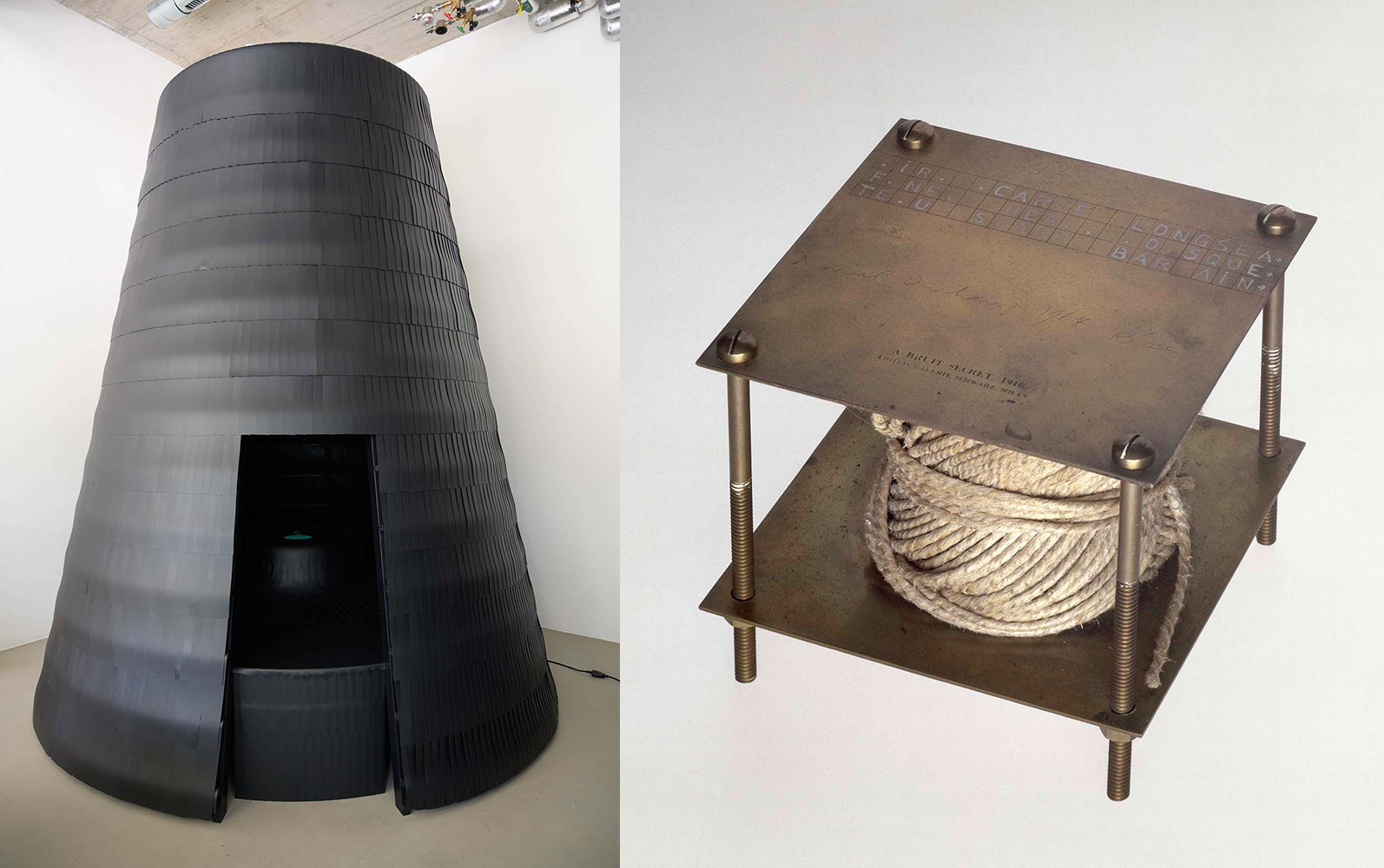
Right: Marcel Duchamp, A bruit secret, 1916, © Centre Pompidou, MN AM-CCI, Dist. RMN-Grand Palais / image Centre Pompidou, MNAM-CCI © Association Marcel Duchamp/ 2022 ProLitteris, Zurich
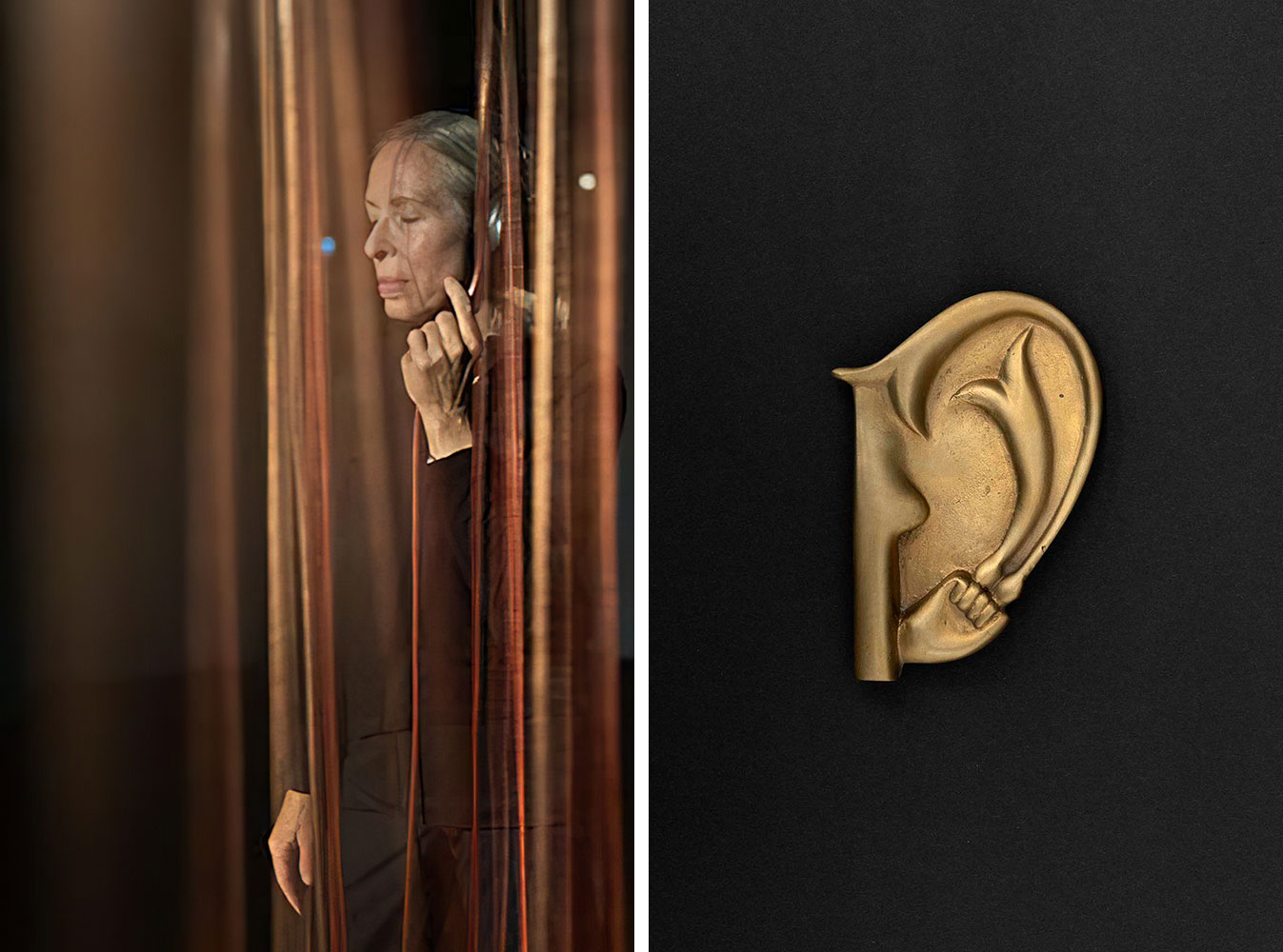
Right: Meret Oppenheim, The ear of Giacometti, 1959, Bronze, 1st edition unnumbered/Pastori 11 x 7,5 x 1,5 cm, Private collection, © 2022 ProLitteris, Zurich; photo: Flavio Kaner
